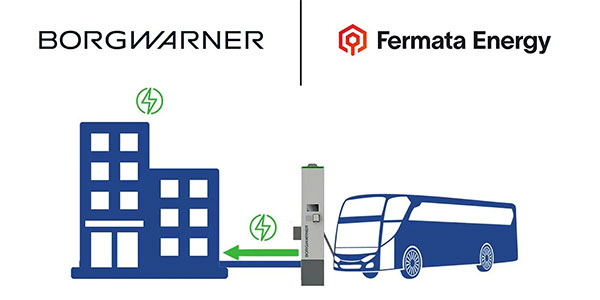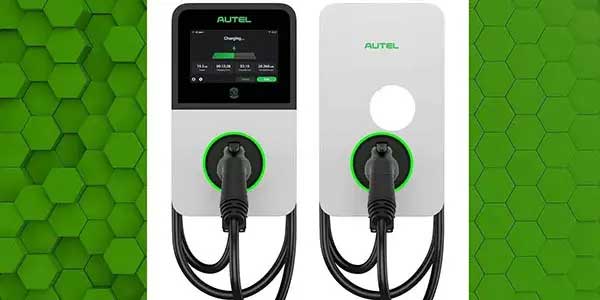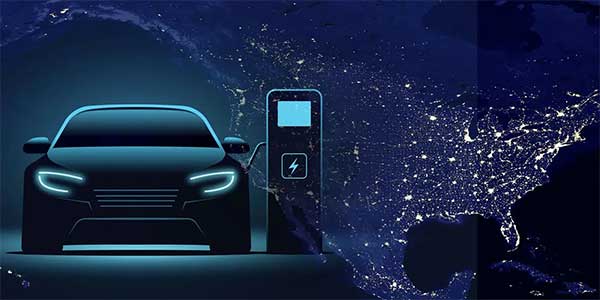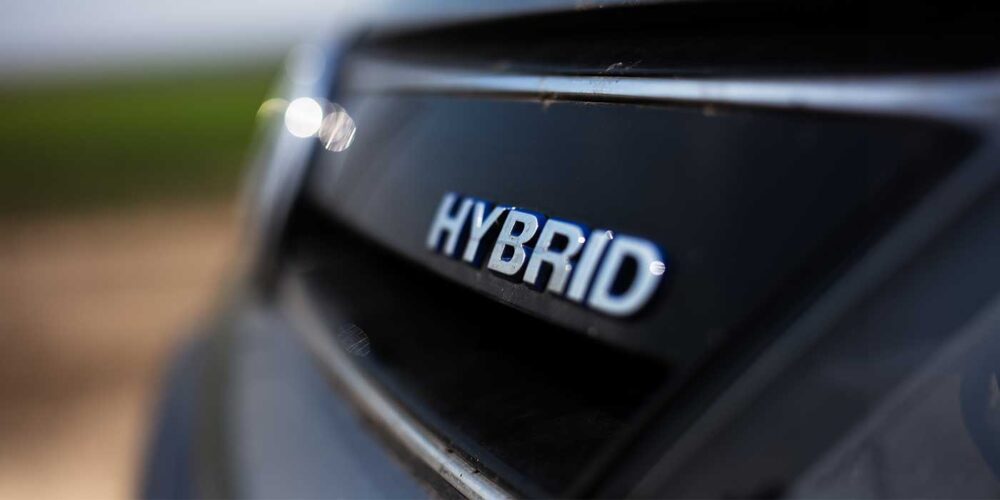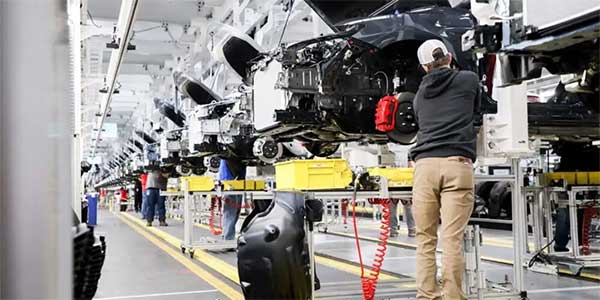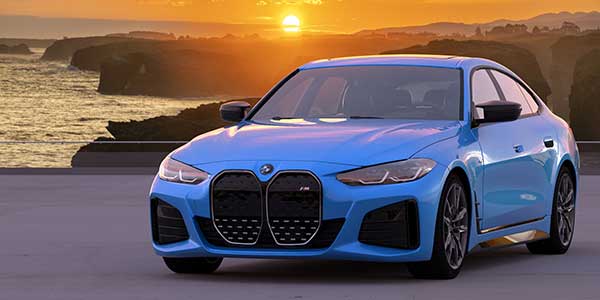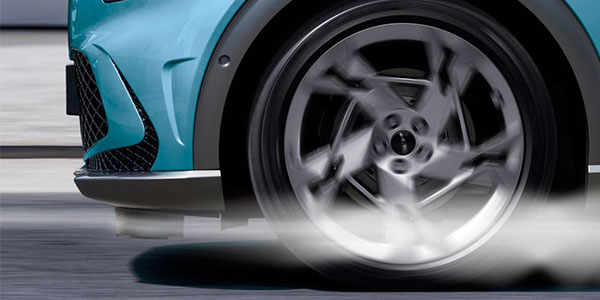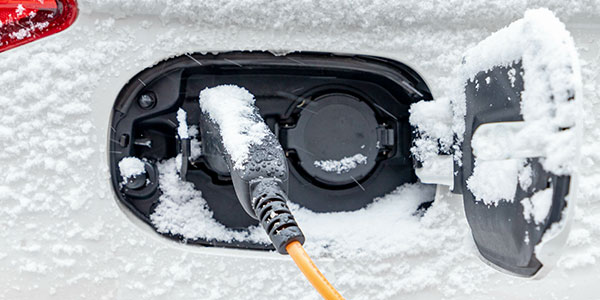Sales of electric vehicles (EVs) in the U.S. showed a sharp jump in sales, increasing by two-thirds in 2022, while the remaining portion of the auto market contracted. Carmakers sold 807,180 fully electric vehicles in the U.S. this past year, equating to 5.8% of all vehicles sold, up from 3.2% a year earlier. This jump in EV sales sharply contrasts the 8% overall decline in total U.S. auto sales from the previous year1.
Across the globe, EV sales are even more impressive, driving up the demand for these vehicles and spurring a bevy of activity from manufacturers racing to introduce more models. Here in the U.S., relaxed fuel economy targets and weak charging infrastructures have stagnated demand, but there are signs that it will pick up at a torrid pace. New fuel economy regulations are being passed and the 2021 Infrastructure Investment and Jobs Act shows promise of a much stronger national charging infrastructure.
Super Bowl EV Advertising
The story gets even more interesting at the beginning of 2023, when the Super Bowl is played in the second week of February. Last year’s game saw a marked jump in the number of auto brands showcasing TV spots online and during the broadcast, featuring breathtaking vehicles that left viewers feeling the urge to finally rush out and purchase an EV.
This year’s big game is expected to showcase another round of EV excitement with new vehicles advertised and even broader, more well-rounded EV campaigns that reach across social, broadcast and web.
However, if the auto industry truly wants to push that 5.8% mark even higher in 2023, these advertising campaigns must go beyond just the promise of the vehicles and the technology itself. It’s time the industry provides more education of the broader EV experience — in driving, owning, maintaining and, especially, the sales process itself.
Why More People Aren’t Buying EVs
EV advertising messages must begin to educate and tap into the lifestyle wants and needs of drivers. Campaigns must begin to identify with people who aren’t just looking for the futuristic dream of what’s possible, but rather begin to answer questions on the process of “switching” over from a gas-powered vehicle.
We get it. The cars are really cool. They’re really quiet. They’re really good for the environment. And just having one in your driveway elevates your curb appeal — not to mention status among neighbors.
But the people who purchased the other 94.2% of non-EV cars and trucks in 2022 need more than just a cool-looking car to get them to switch. They are now looking to be educated about what it’s like to walk into a dealership and purchase one — is the process different, how so? They want to know what it’s like to maintain an EV and take it in for service — what’s entailed with that and what’s different in the service process? And most of all, they want to know about the state of charging and the buildout of the charging infrastructure — how can advertising be used to persuade them that range anxiety is just a myth?
What’s more, dealers have a great opportunity to promote ad campaigns that showcase the sheer investments they’re making in outfitting their dealerships to cater to the needs of today’s EV driver.
AdTech Will Play a Significant Role
Dealers should also take advantage of the tools, technologies and resources available to them via Connected TV (CTV) — a platform that aligns well with an EV-centric audience. Dealers should be leveraging uniquely personalized ads with messaging targeted at specific households. Messaging with offers to buy an EV, trade in their existing vehicle to augment dealer inventory, or personalized and interactive CTV ads allowing a user to click their remote to set a sales appointment or get a trade-in quote are just a few examples. This same clickable interactivity could also give viewers access to payment calculators and real-time inventory on a dealer’s website, allowing them to get pre-qualified and matched with a vehicle while instantly negotiating payment terms — all from the comfort of the couch.
Additionally, smart retailers should leverage a top-notch engagement/conversion strategy, along with tools that help them efficiently align their internal processes to serve their EV customers, keeping them competitive in their market. These dealers are recognizing the importance of integrating a seamless e-commerce strategy with their lead-gen strategy and media mix. That way, they can reap the benefits of drastically lower costs per sale, faster processes, increased customer satisfaction and surging service retention.
Last but not least, leveraging payment-first technologies that provide a 1:1 personalized shopping experience could easily seal the deal. This allows buyers to simultaneously shop for their EV vehicle and get financing across a dealer’s entire offering: real-time inventory, all terms financing programs, with all rebates, incentives, specials, ePricing, and trade-in equity calculated and applied at the end.
With these strategies in place, dealers and their OEM partners can go beyond just the sizzle and finally start selling the steak to the rest of the car-shopping population. It’s a sound strategy considering they still felt more comfortable buying the other 94.2% of gas-powered cars and trucks in 2022.


